For an instant calculation of your 3D model, upload your model to our 3D printing service. In the following, we will explain typical cost factors for 3D printing and provide price examples using Multi Jet Fusion technology. Additionally, we will show you potential cost-saving opportunities.
Overview
How are prices calculated?
The price algorithm depends on the respective material. In general, a combination of material usage, absolute size of the part, and a fixed component for processing is estimated.
What discounts are available?
Price discounts are available for higher quantities. You can calculate the price for your CAD file(s) in our instant price calculation. For online orders, you will also receive a 3% discount.
What is the minimum order value?
For an order, there is a minimum order value of EUR 50,- plus VAT.
How do I get a quote?
Upload your models here and receive an instant price quote.
Price Examples & Production Times
Multi Jet Fusion

In Multi Jet Fusion technology, the print head sprays a heat-conductive fluid (called “fusing agent”) onto a layer of powdered material. Immediately after printing, a heat source is applied. The areas where the “fusing agent” has been applied are heated more than the powder without this fluid. Thus, the required areas are melted together. To put it simply, the “fusing agent” (color: black) absorbs more energy than the excess (white) powder. This process is repeated until the object is printed.
Price Examples / As of April 2023
All example prices are net prices, excluding VAT.
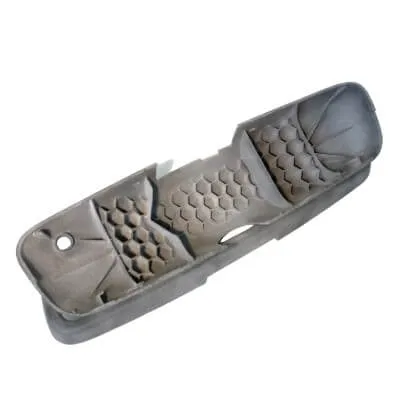
Polyamide 12 (gray)
267 × 72 × 62 mm
Volume approx. 100 cm³
Quantity 1
approx. EUR 94,-
Minimum Price
approx. EUR 51,-
BASF Ultrasint® TPU01 (gray)
Quantity 1
approx. EUR 119,-
Minimum Price
approx. EUR 66,-
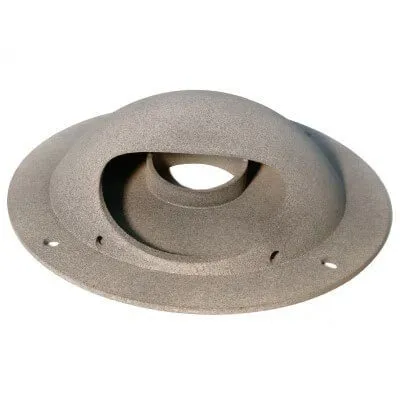
Polyamide 12 (gray)
134 × 134 × 32 mm
Volume approx. 49 cm³
Quantity 1
approx. EUR 53.50
Minimum Price
approx. EUR 25.50
BASF Ultrasint® TPU01 (gray)
Quantity 1
approx. EUR 66.50
Minimum Price
approx. EUR 33,-
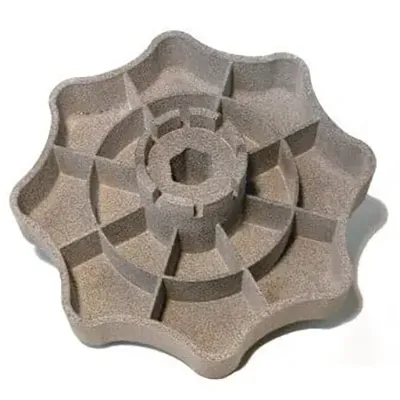
Polyamide 12 (gray)
84 × 84 × 31 mm
Volume approx. 35 cm³
Quantity 1
approx. EUR 31,-
Minimum Price
approx. EUR 13,-
BASF Ultrasint® TPU01 (gray)
Quantity 1
approx. EUR 38,-
Minimum Price
approx. EUR 17,-
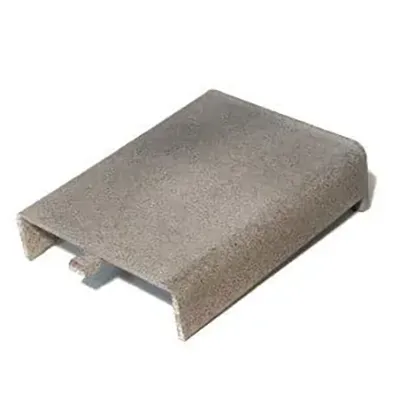
Polyamide 12 (gray)
65 × 48 × 18 mm
Volume approx. 8 cm³
Quantity 1
approx. EUR 16,-
Minimum Price
approx. EUR 3,-
BASF Ultrasint® TPU01 (gray)
Quantity 1
approx. EUR 17,-
Minimum Price
approx. EUR 4,-
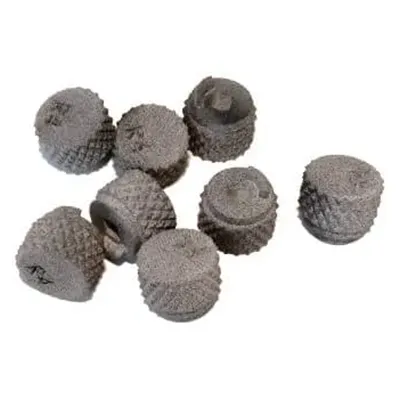
Polyamide 12 (gray)
15 × 15 × 12 mm
Volume approx. 1.5 cm³
Quantity 1
approx. EUR 11,-
Minimum Price
approx. EUR 0.75
BASF Ultrasint® TPU01 (gray)
Quantity 1
approx. EUR 11.50
Minimum Price
approx. EUR 1,-
Please take into account our minimum order values for the example prices.
Production Times
Polyamide 12
Standard 6 working days
Express 4 working days
BASF Ultrasint® TPU01
Standard 9 working days
Cost Factors
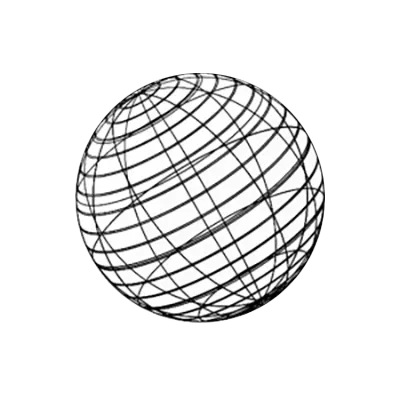
Material Usage
How many grams of material are required for the print? Materials for 3D printing are generally more expensive than materials for other production processes (e.g., injection molding). This is due to the special form of the materials (e.g., fine-grained powder).
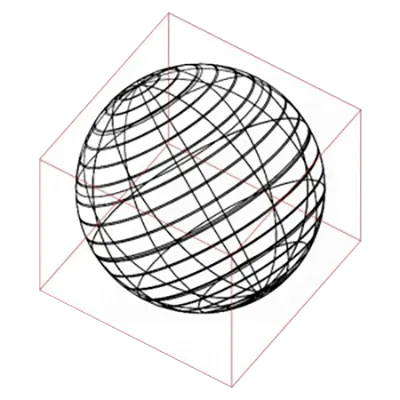
Estimated Build Volume
How much space does the object occupy in the machine? This provides information about utilization. Due to the high acquisition or operating costs and long printing times, this is an important factor for many 3D printing technologies.
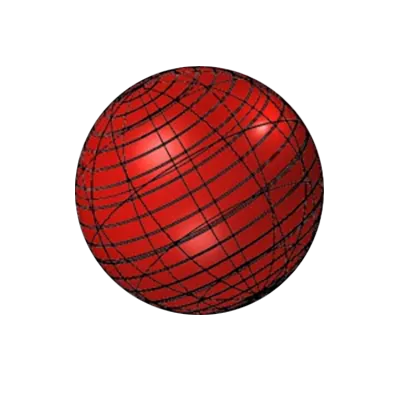
Finishing
A 3D print is often not finished when it comes out of the 3D printer. The complexity of post-processing depends on the selected finishing options. Here you can find an overview of your finishing options.
Ways to Reduce 3D Printing Costs
Printing costs can be reduced through quantity-dependent discounts or design optimizations.
For design adjustments to reduce costs, the following options are available:
- Reduction of external dimensions: One of the main cost factors is the space your part occupies in the build volume. If there are protruding elements, the production of the component is very expensive. Therefore, the aim should be to keep protruding elements as short as possible in order to make the part as compact as possible.
- Reduction of material volume: In general, material volume also contributes to the pricing, but to a lesser extent than dimensions. Hollowing out stronger structures to reduce costs is possible. However, openings should be left so that excess material can be removed from the interior. The openings should be as large as possible, with a minimum diameter of 10 mm, and multiple openings or even larger diameters are preferred.
Optimizing the printing costs for your 3D model requires a good understanding of the 3D printing material and the specific 3D printing process used. We are happy to provide you with advice on how to optimize the costs of your 3D print. Simply contact us, we are here to assist you!
